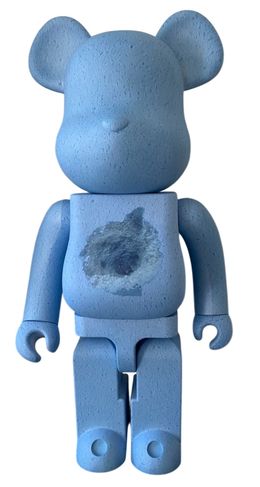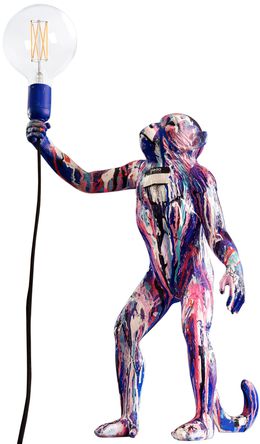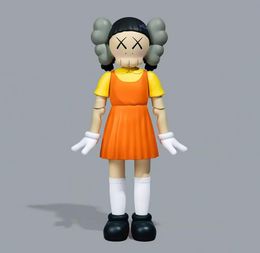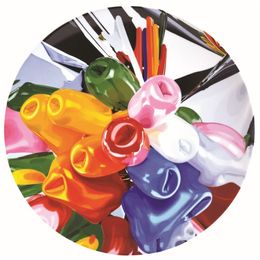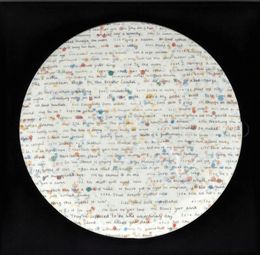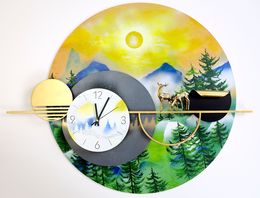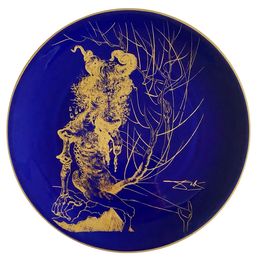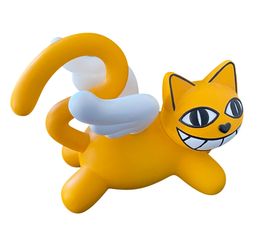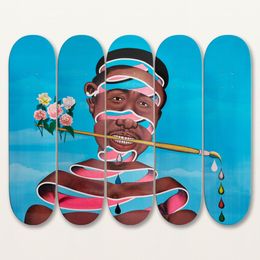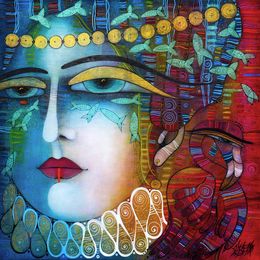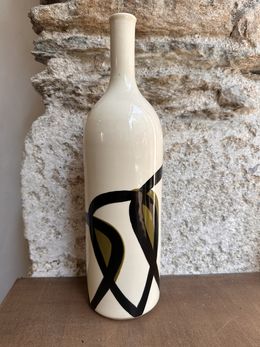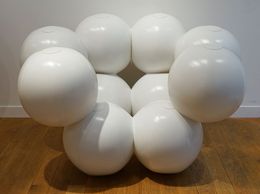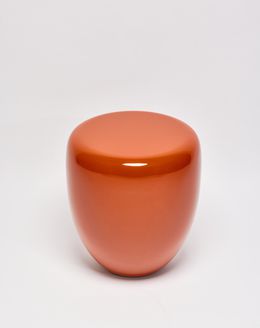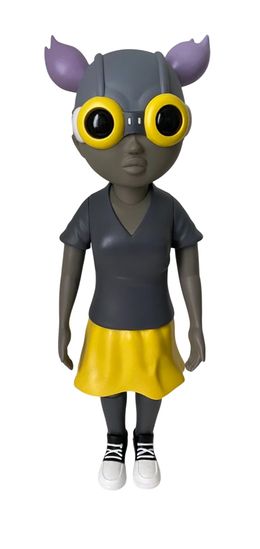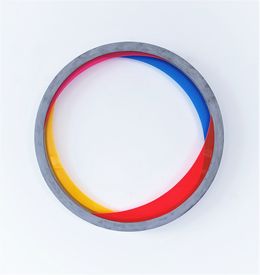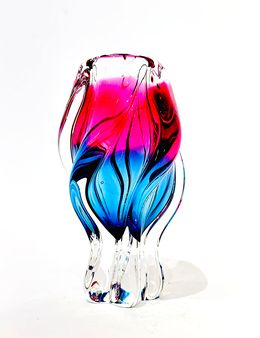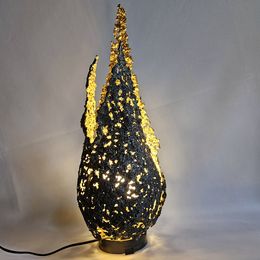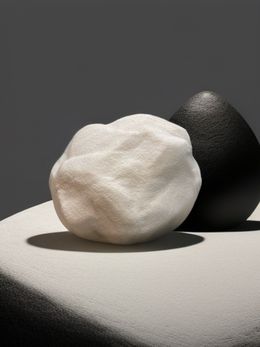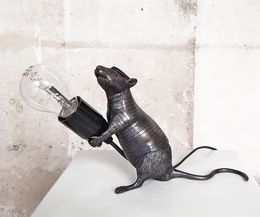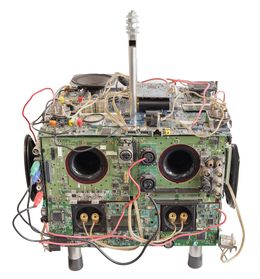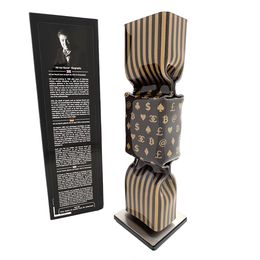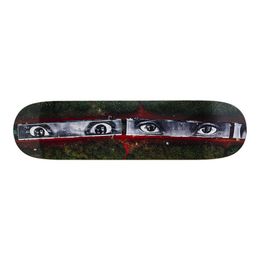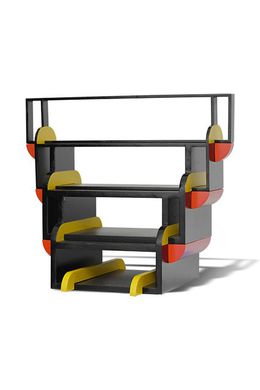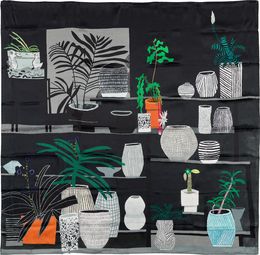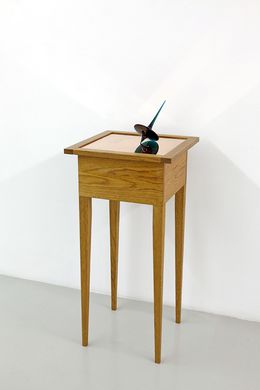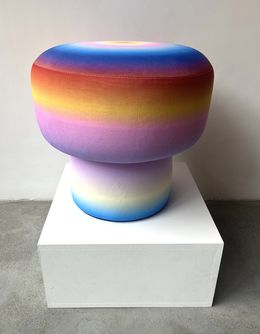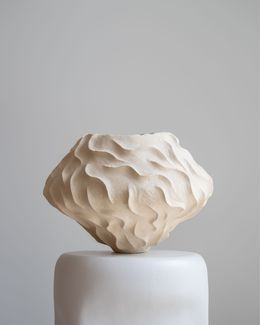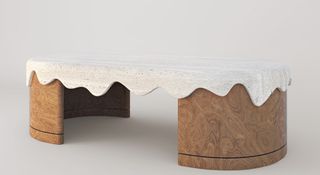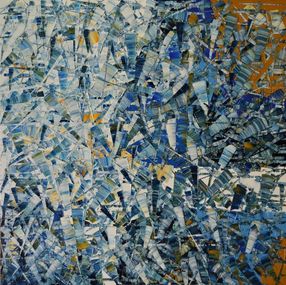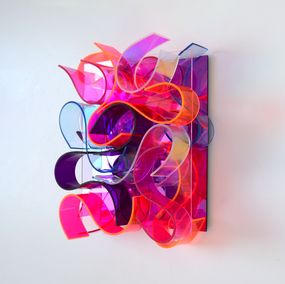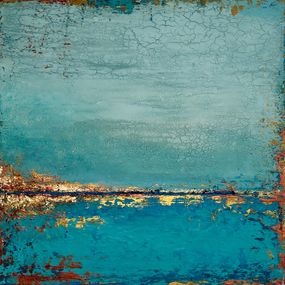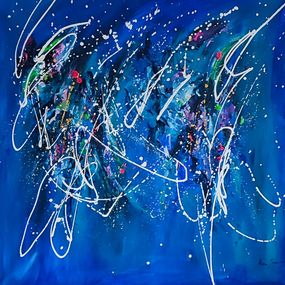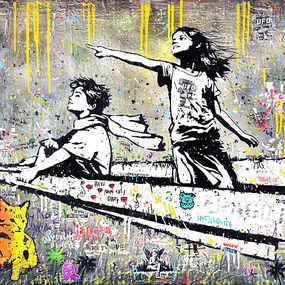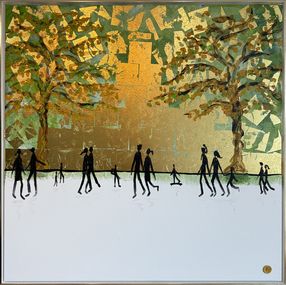Query
Category Design
Artist Richard Orlinski Kaws Reda Amalou Bearbrick WKND Lab Yayoi Kusama Catherine Clare Ad Van Hassel Invader The Skateroom Thalia Dalecky Ske Aniana Heras Noël Granger Un'common Jean-Michel Basquiat Piero Fornasetti Hélène Morbu Jacky Zegers Alicia Lasne Poonam Choudhary Erte Tirtoff Guillaume Piéchaud Andy Warhol Selwyn Senatori Yongwon Noh Jeff Koons Milcheva Emilia Philip Hearsey Pablo Picasso Javier Calleja Takashi Murakami Keith Haring Marion Clavier Robert Sgarra Jean-Jacques André Albena Vatcheva Jonathan Pradillon Josef Hospodka Jan Beranek AC 5 Stéphanie Guillou dite lellou Valérie Le Roux Aurélie Trabaud Bernard Quentin Roy Lichtenstein Tanner Jackson Rhines Tom Marosz Shepard Fairey (Obey) Montse Piquer Thierry Blandin dit ARTRONIQ Hurry Pottery Johanna H Daniel Arsham Robert Indiana Jean-Claude Novaro André Saraiva Dávid Máriássy Capocci Frida Kahlo Olivier Ebel Junior Fritz Jacquet Jiri Beranek Alepiano Marie Labat Krisztina Serra Béatrice Baulard Arman Madame Ai Weiwei Sumit Mehndiratta Landry Clément Prefab77 Carlo Nason JonOne Anany 2Fast Futura 2000 Dface Laura Dujoncquoy Miloslav Klinger Omary Hamidu Karina Johann Loetz Witwe Diane Grant Selçuk Dizlek Damien Hirst M. Asuncion Raventos Clarissa Vasté Rina-Green Noodle Salvador Dali Philippe Siennicka Óscar Seco Gio Ponti Yves Klein Guillaume Roche Karim Rashid Josh Sperling Poulpik Studio Beatriz Oggero Isabelle Hirtzig
Color Black Red White brown Dark blue Green Sky blue Yellow Pink Beige Grey orange Silver golden Purple transparent Navy blue
Orientation Portrait Landscape Square
Medium resin wood ceramic glass vase acrylic Artistic Tableware plastic vinyl Lighting Textiles Tables Seating Porcelain Furniture metal object steel Sandstone bronze brass plexiglass Stool leather Plate cotton tinted varnish digital print skateboard paper ink LED tapestry embroidery aluminium neon gold leaf collage stainless steel Pigments aerosol paint assemblage mirror vegetal fiber marble clay plaster Crystal oil terracotta stone iron copper cardboard concrete epoxy paint wax canvas Screen Print book 3D print mosaic glue mixed media silver tirage fine art digital jewelry Knife Painting Organic materials Posca polypropylene Watercolour cement Corten steel pencil digigraphy digital art pigment ink lithography marker pastel HD print Wire engraving Butterfly sand sequins Nickel Corian C-print
Theme Decorative objects Pop Art Artworks Street art Animal Abstract artworks figurative Portrait Geometric Minimalism Conceptual Floral Architecture Art brut Artworks Wall sculpture Nude Fantastic Icons African artworks Graphic Landscape Fashion Comics Everyday life Eastern Art Food Still Life Vanity Music Urban Landscape Artworks Sport Seascape Mountain landscapes Garden Cinema Tribal art Vehicles Aboriginal art Black and white Religious Under Water Political and historical
Support wood canvas steel cardboard glass plexiglass textile Arches paper vinyl marble Bronze
Thematic Artworks Shipped From the United States Limited edition art objects The Best of our British Galleries The Art of Hosting A Parisian Apartment with PAMONO At home with Chairish Gift Guide: Must-Have Masterpieces Frieze New York Unusual Supports A Pop Art Interior Gift Guide for the Friend Who Has Everything Inspired by Pop Art Bauhaus Bright and Vivid Colors Ready-to-Hang Artworks Pantone Color of the Year 2024 Gift Guide: Trending Artists Inspired by Basquiat Industrial Interior Minimalist Interior Exterior Decoration Mid-Century Modern Interior Art Basel Hong Kong Crush of the Month: Our Team's Favorites in May Art Picks for Less Than $500 Art Picks by Interior Designers Crush of the Month: December 23 Artists to Watch in 2023 All That Glitters Unique Art Gifts for Valentine’s Day Gift Guide: Affordable Treasures Love in Art Inspired by Warhol Inspired by Art History Art Paris Inspired by Monet Vintage Interior Abstract Op Art States of Matter Hollywood Regency Style Versatile Design Objects Pixel Art La Liste by Artsper 24 Artists to Watch in 2024 Lille Art Up 2024 : a selection of artworks created by our participating artists! Affordable Art Fair Hong Kong Baobab Collection Pantone Color of the Year 2026 Autumn Collection Pattern Play Masters of Modern Art Inspired by Magritte Artists to Watch in 2019 Women Artists Interior Design Loft Interior Inspired by Art Nouveau Inspired by Schiele Cozy Chalet Interior Artworks by the World's Most Famous Artists French Street Artists Pride Art Environmental Art Inspired by Frida Kahlo A Natural Interior After Dark Trompe l’oeil Pablo Picasso: Ceramics Gift Guide for the Homebody The Material Stone in Art Art of Antiquity Inspired by Klimt Frieze Los Angeles Pablo Picasso: Animals Crush of the Month: Our Team's Favorites in March Cats and Dogs Children in Art Inspired by Banksy Inspired by Sonia and Robert Delaunay Art Basel Images of New England Works Inspired by the Four Elements Fashion-Inspired Works Crush of the Month: October Paris+ 2022 Inspired by Sci-fi Inspired by Yayoi Kusama Inspired by Graphic Design Space-Inspired Artworks Mood: Calm At home with PAMONO The Art Favorites by the Team of viennacontemporary A Mix of Textures Gallerist Gift Guide Paris Fair Trends Gift Guide for the Fresh Face in Art Gift Guide for a First Step Into the Art World Curated Black History Month Art: Iconic & Emerging Artists to Discover Moderne Art Fair 2025 Art Basel Paris
Tag Pop Culture Vase Art deco Fictional Character Abstract art Table Colors colorful Kong Skate Textile Art Chairs Bears Asian art Animal Sculptures Geometric abstraction Women Handicraft Figuration Graffiti Urban art Art Toys Andy Warhol Wild animals Toys King Kong Pixels Nature Basquiat Faces Pattern Abstract Minimalism Birds Interior Pumpkin Composition Dollars Video games Keith Haring Lion Reclaimed materials Sweets Bench Cartoons Panther Campbell`s Soup Gorilla Luxury Mickey Mouse 3D Balloons Human body Asian Pop Hands Circle Cats Jean-Michel Basquiat Love Fruit Artworks Characters Candle holder Head Anatomy Dogs Murano Glass Banksy Heart Family Lines Recycling Sphere Polar bear Lacerated posters Baseball Crocodile Elephants Abstract expressionism Industry Wolf Neo-Pop Robot Roy Lichtenstein Vintage Trees 60s Money Environmental art Japanese Art Chandelier Skull Christmas Teddy Bear Recycled Materials Semi-abstract Paris Silhouette Horses Shell Detail Femininity
Price
Size Small (< 50 x 50 cm) Very small (< 25 x 25 cm) Medium (< 115 x 115 cm) Large format Very large (> 200 x 200 cm)
Selection Artworks by best-selling artists Artworks by famous artists Young Talents Master Artists New & remarkable Artists Our recommendations Special offers
Movement Colorful Pop Sculptors Street Culture Animals Graffiti Artists Stunning Sculptures Organic Forms Provocative Artists Pop Culture Street Artists American Icons Where Art Meets Design Movement Pop Art Famous Street Artists Naïve Artists Rich and colorful figurations Neo-Dada Performing Artists Classically-Inspired Illustrative Artists Playful Street Art Pop Culture Objects Site-Specific Art Identity Politics Famous Illustrators Magic Realism Textile artists Movement Outsider Art Tropical Style Cubism Black Artists Painters Afrofuturism Famous Black Artists Harlem Renaissance Neo-expressionism Young British Artists (YBAs) Deutscher Werkbund Appropriation Erotic Pop Art Nature sculpture Post-War Art Fluxus Abstract Expressionnism Classical Figurative Sculptors The Arts and Crafts Movement Abstract Landscape Artists Neo-Conceptualism Neo-Geo Geometric Sculptors Abstract Collages Newspaper Collage Arte Povera Inspired by Astrology Abstract Sculptors Satirical street artists Die Brücke Avant-garde artists Post-Impressionism Logo-Inspired Artists Orphism Contemporary Feminist Artists Contemporary Women Surrealists Somber Abstract Painters Dreamlike Characters Artists Working in Monochrome Process Art Deconstructivism Art deco-style artists Inspired by Cave Painting Der Blaue Reiter Surrealist Artists Cross Cultural Artists Figurative Street Artists Meaningful Typographies Ghostly Calligraphies Swathes of Color Stamp-Style Illustrations Abstract Explorations Semi-abstract Landscape Artists Figurative Pop Artists Abstract Graphics Abstract Figurative Sculpture Activist Artists Criticizing Photographs Minimalist Sculptors Experimental Painters Comic Artists Colorful Cubist Portraitists Colorful Geometric Painters Gestural abstraction Industrial-Style Assembly Joyful and Colorful Compositions Compositions with fictional characters Figurative Collage Mischievous Sculptures Explosions of Color South American Art Movement Expressionism California Art Abstract Portrait Artists Abstract Street Art Modern Animal Sculptors Optical Illusions Photographers Abstract Artists Working in Earthy Tones
Art fair
Height
Width
Page
Nationality French artists American artists Italian artists Japanese artists Dutch artists Spanish artists South Korean artists British artists Czech artists Belgian artists Polish artists Russian artists German artists Bulgarian artists Tanzanian artists Austrian artists Mexican artists Swiss artists Chinese artists Israeli artists Slovakian artists Chilean artists Croatian artists Hungarian artists Indian artists Portuguese artists Turkish artists Uruguayan artists Argentinean artists Australian artists Lebanese artists Ukrainian artists Armenian artists Brazilian artists Cuban artists Jordanian artists Azerbaijani artists Bolivian artists CapeVerdean artists Dane artists Hong Kongese artists Iranian artists Norwegian artists Serbian artists
Sort
Universe


